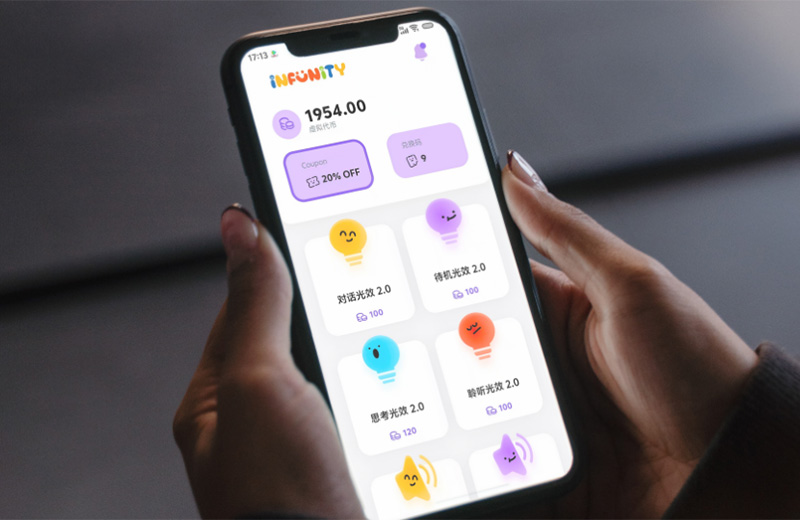Sales of smart toys are rising. Market research firm Statista projects the AI toy segment could reach $35 billion by 2030, up from just $10 billion in 2023. In Shenzhen, companies like Infunity, a maker of AI-powered toy guns and interactive dolls, are attracting attention from venture funds.
For parents, the draw is clear. AI toys promise more than entertainment. A product like Infunity’s Pulse V-1, designed for children aged 3 to 8, scans objects, tells stories, and even teaches foreign words. Parents say this mix of play and learning is hard to ignore.

Still, concerns run deep. Privacy advocates warn about cameras and microphones in toys. A survey by Common Sense Media found that 62% of parents fear data misuse. Some child psychologists also worry about how reduced human interaction may affect kids if they spend increased time with AI companions.
Investors face the young and uncertain AI toy market. High development costs and regulatory hurdles can slow its growth, but at the same time the potential returns too tempting to ignore.
Parents and investors remain cautious and curious towards this new field. They know AI toys can unlock creativity and knowledge. They equally acknowledge the risks of overexposure, safety, and trust. How fast will we see the AI toy grow and mature-and at what cost?




 Recommended for You
Recommended for You
















